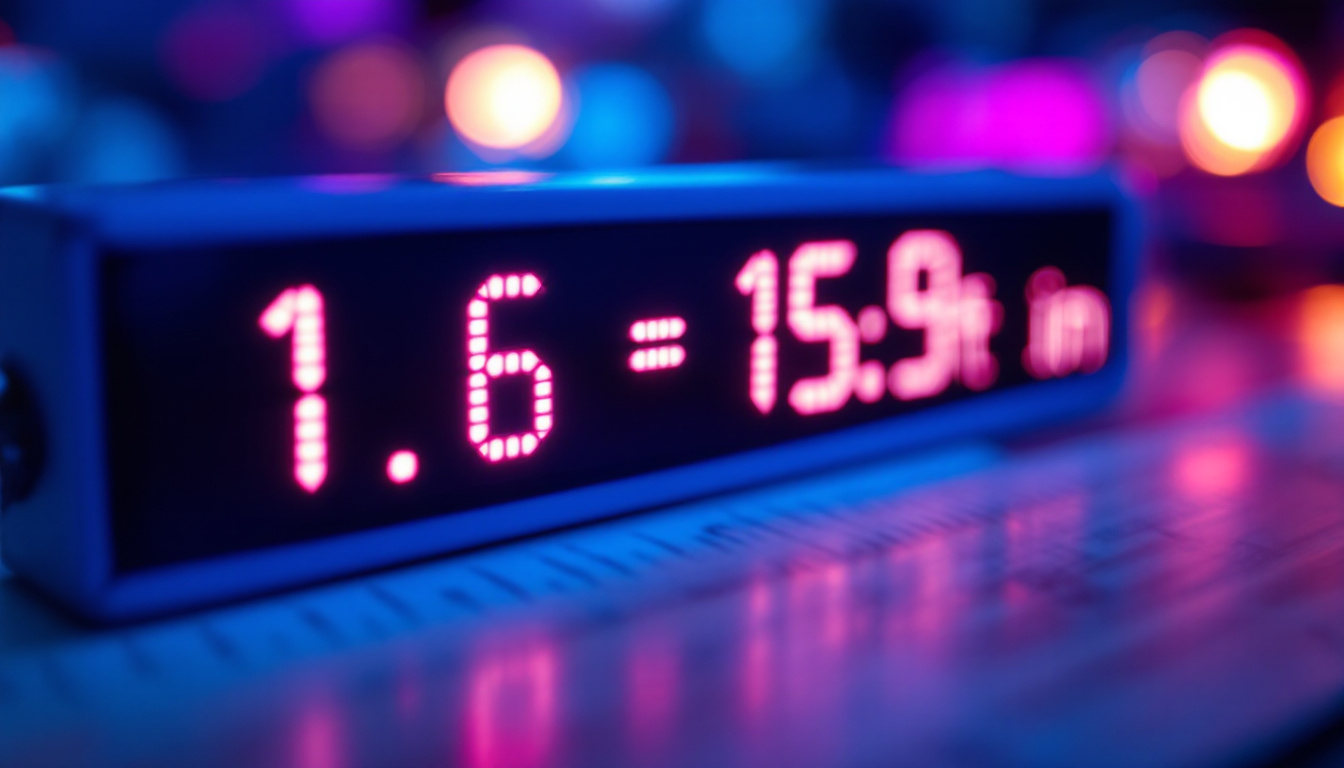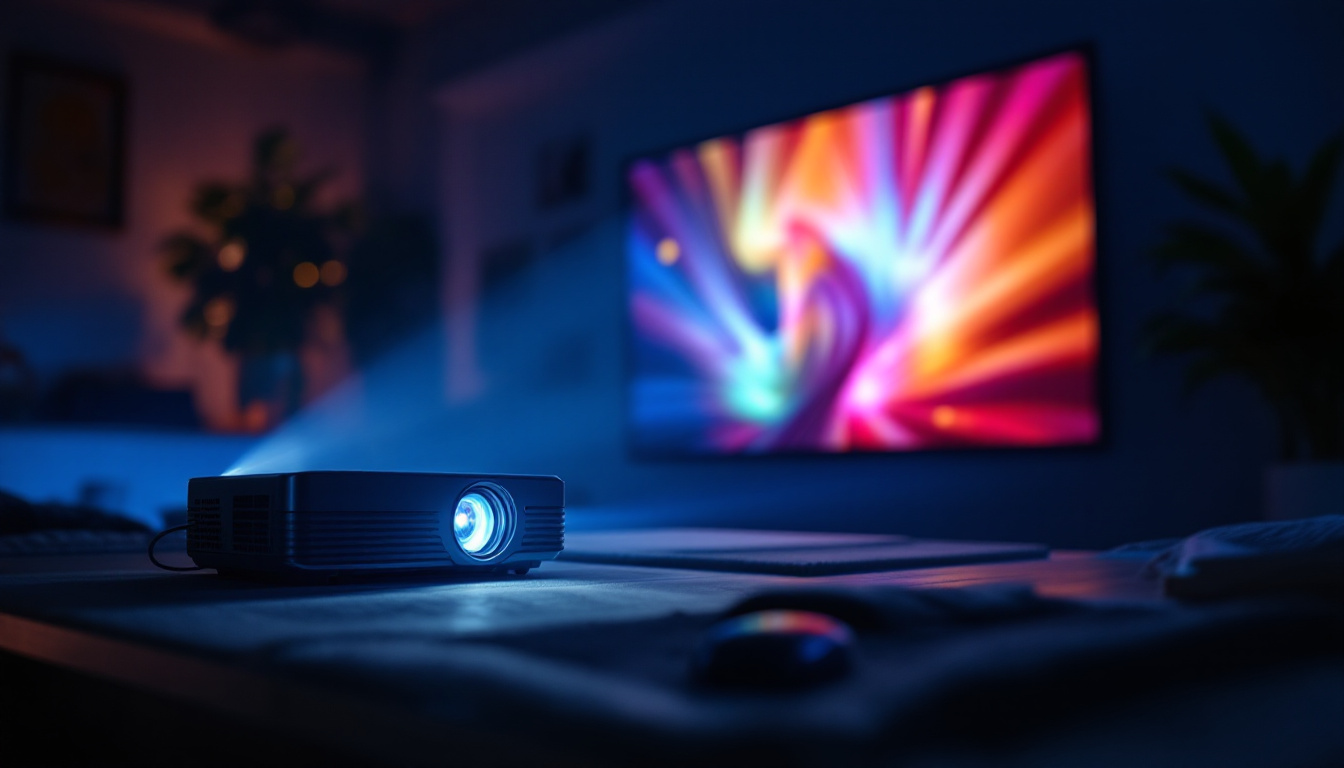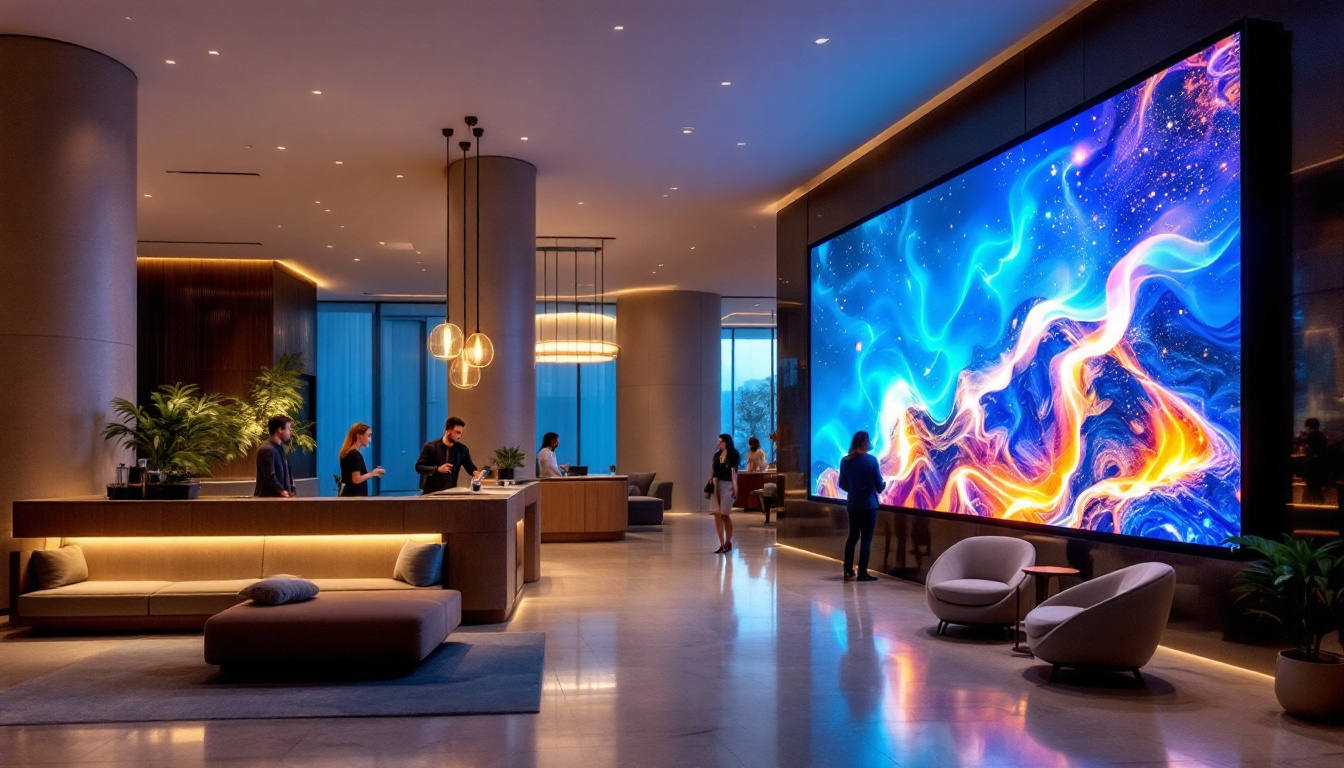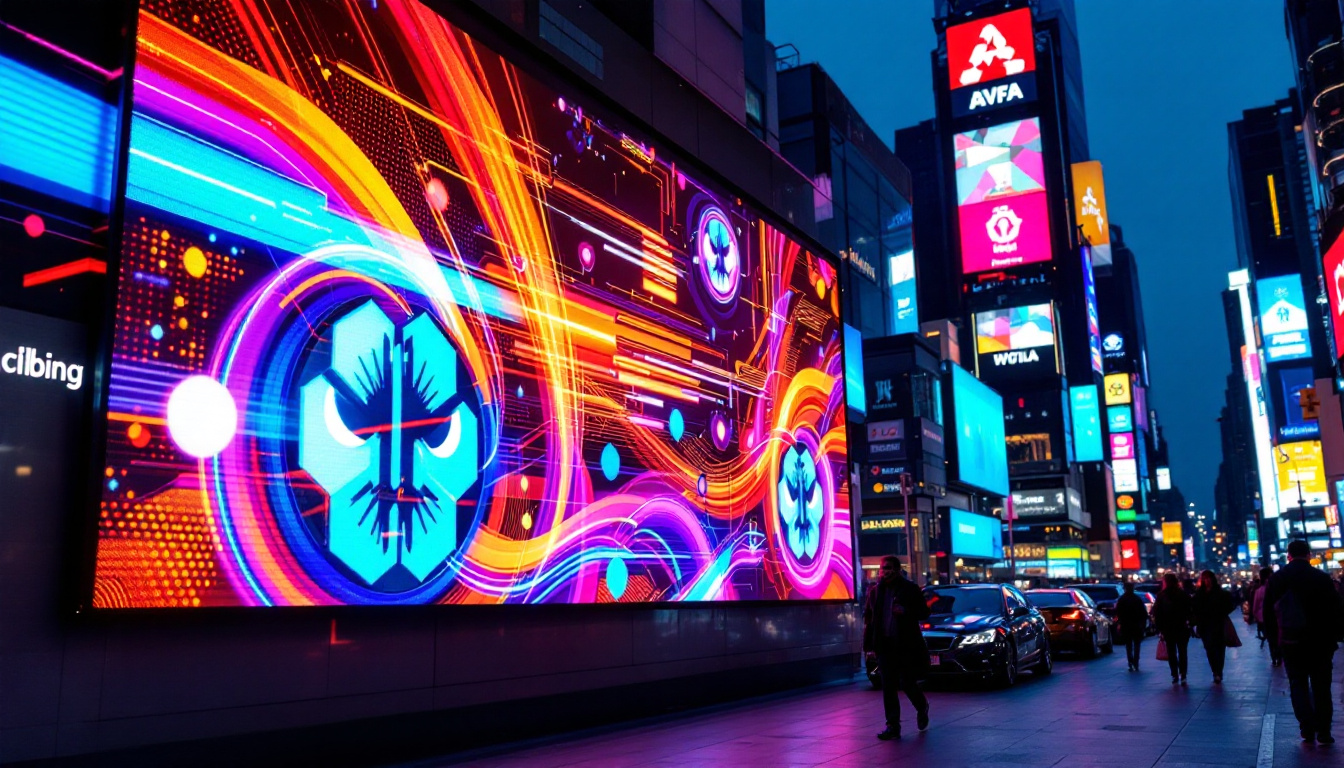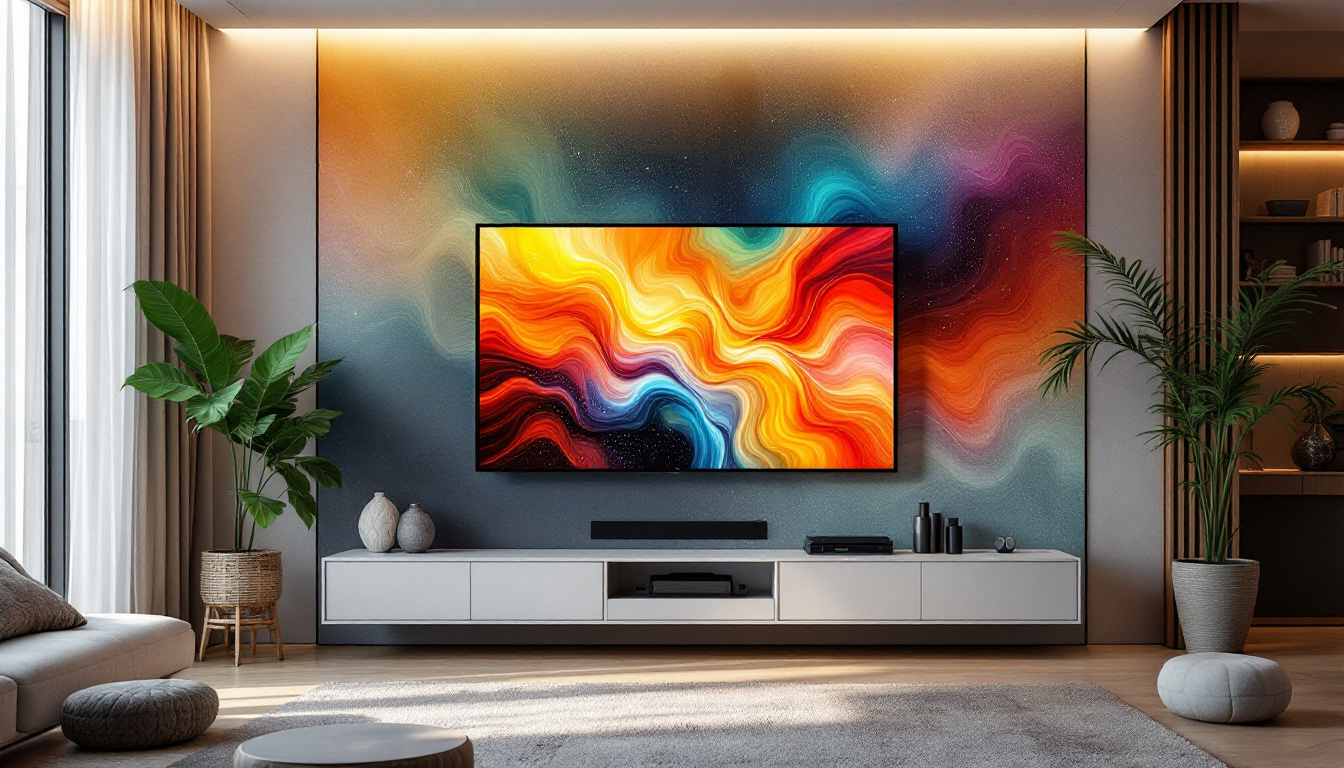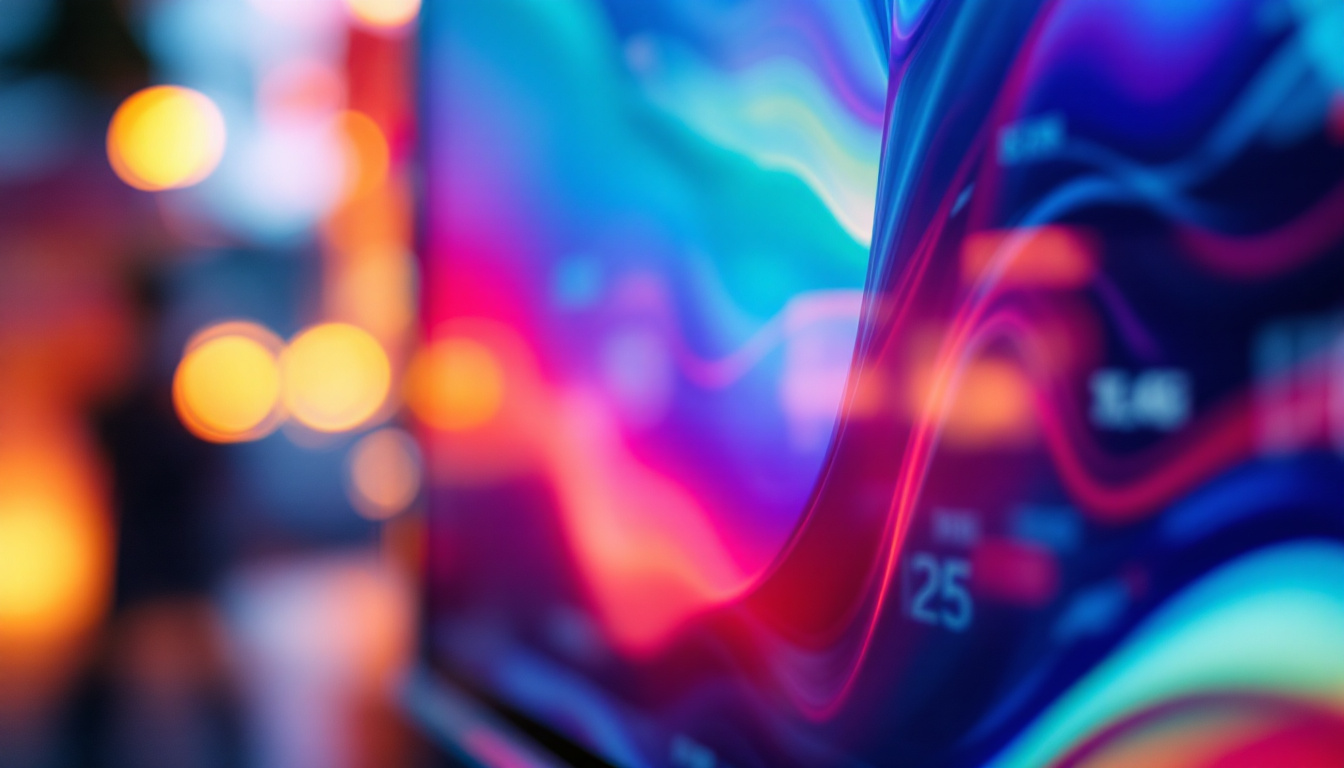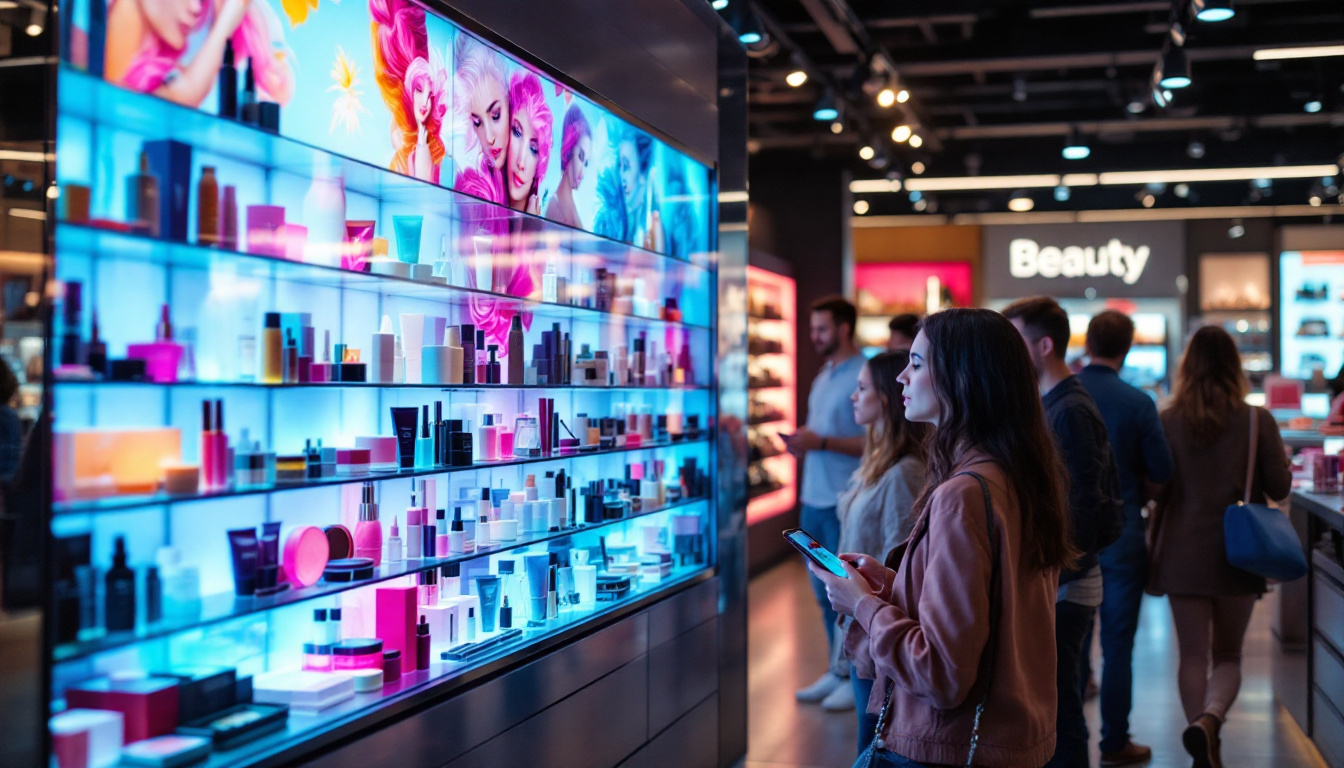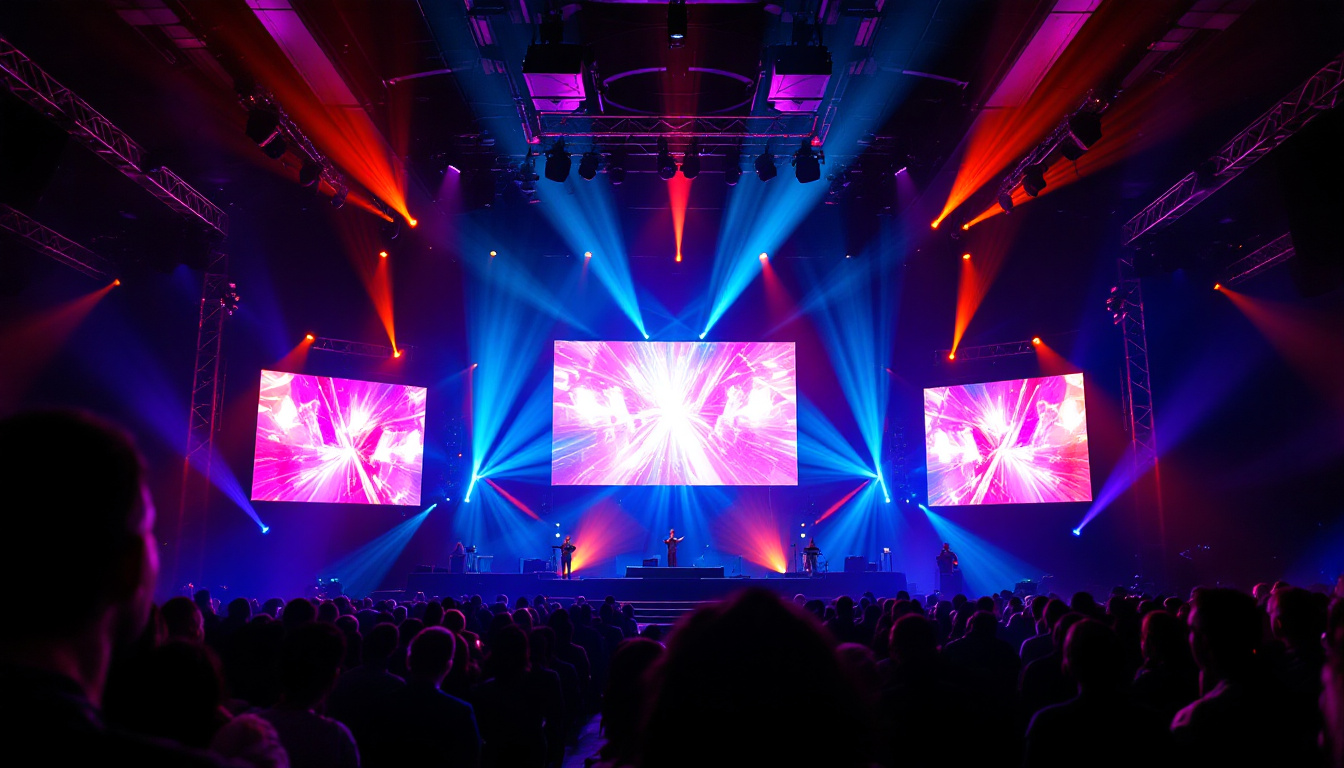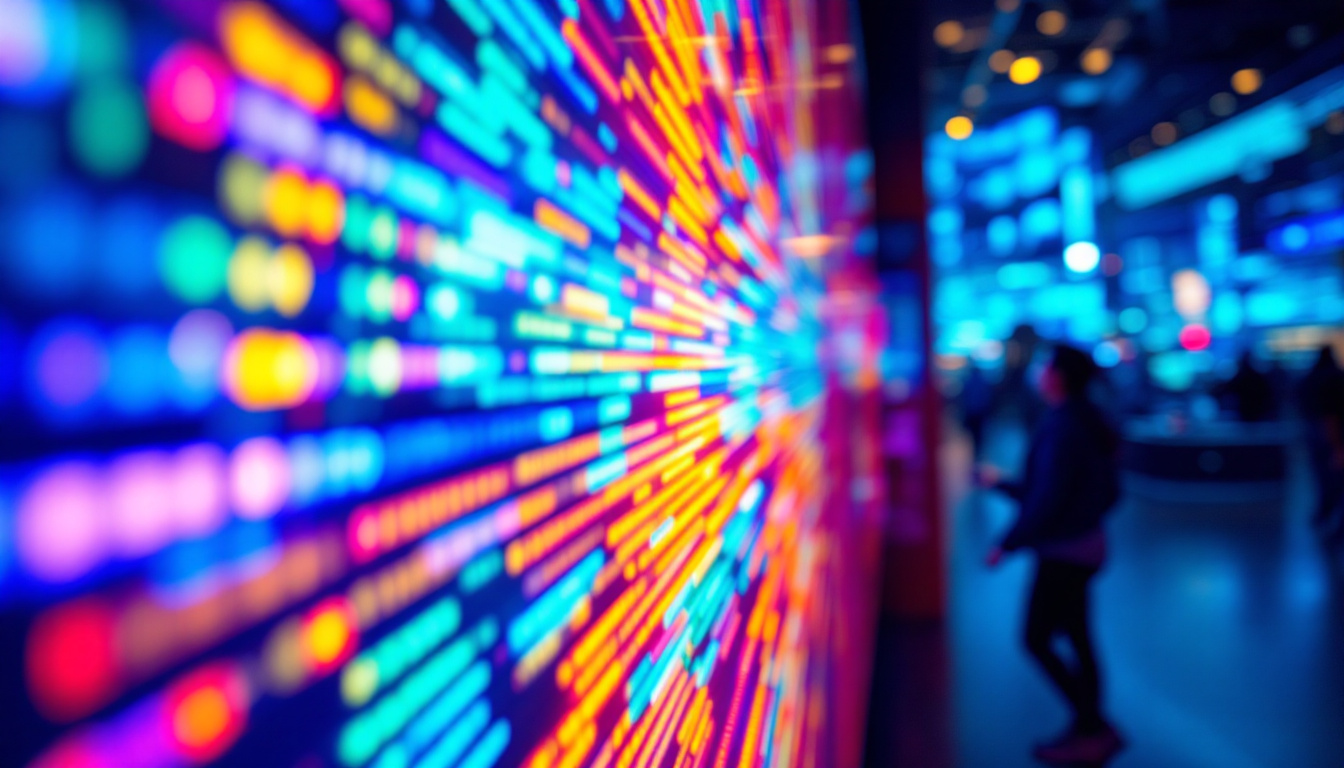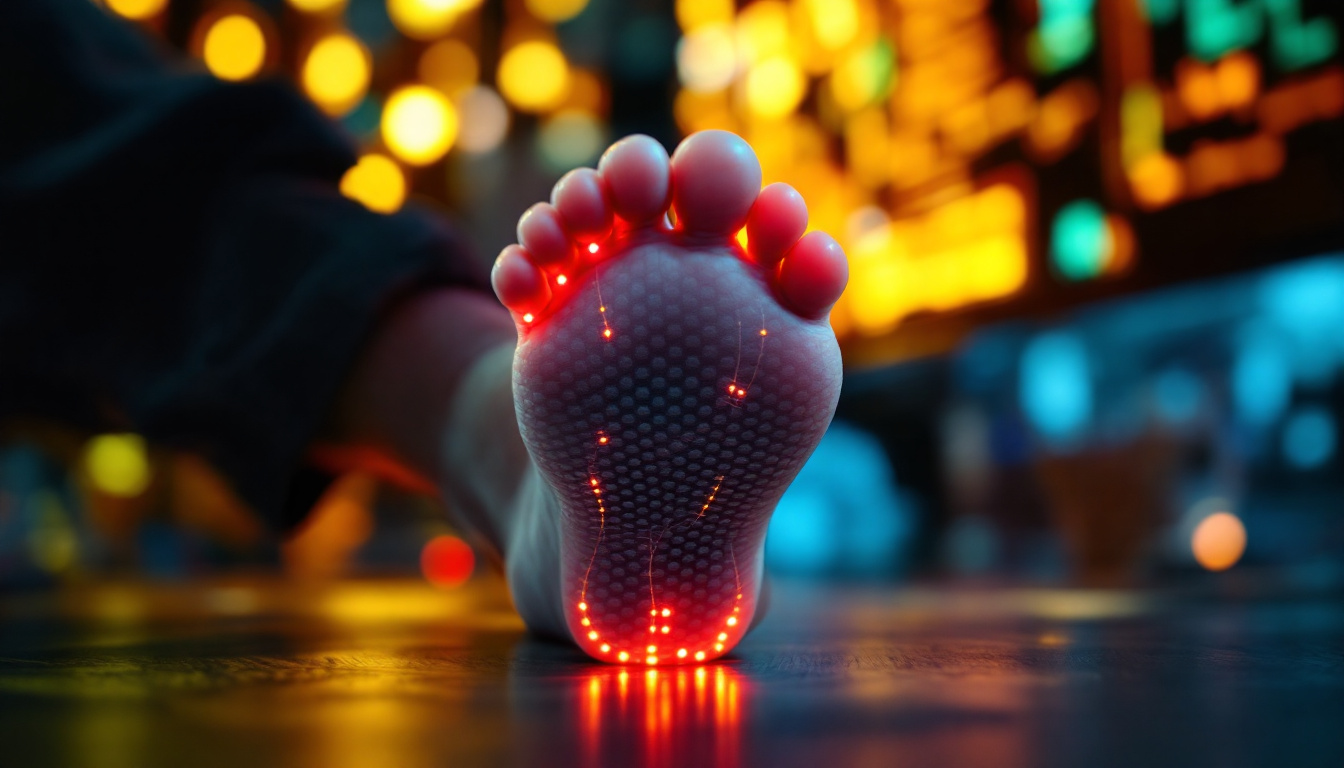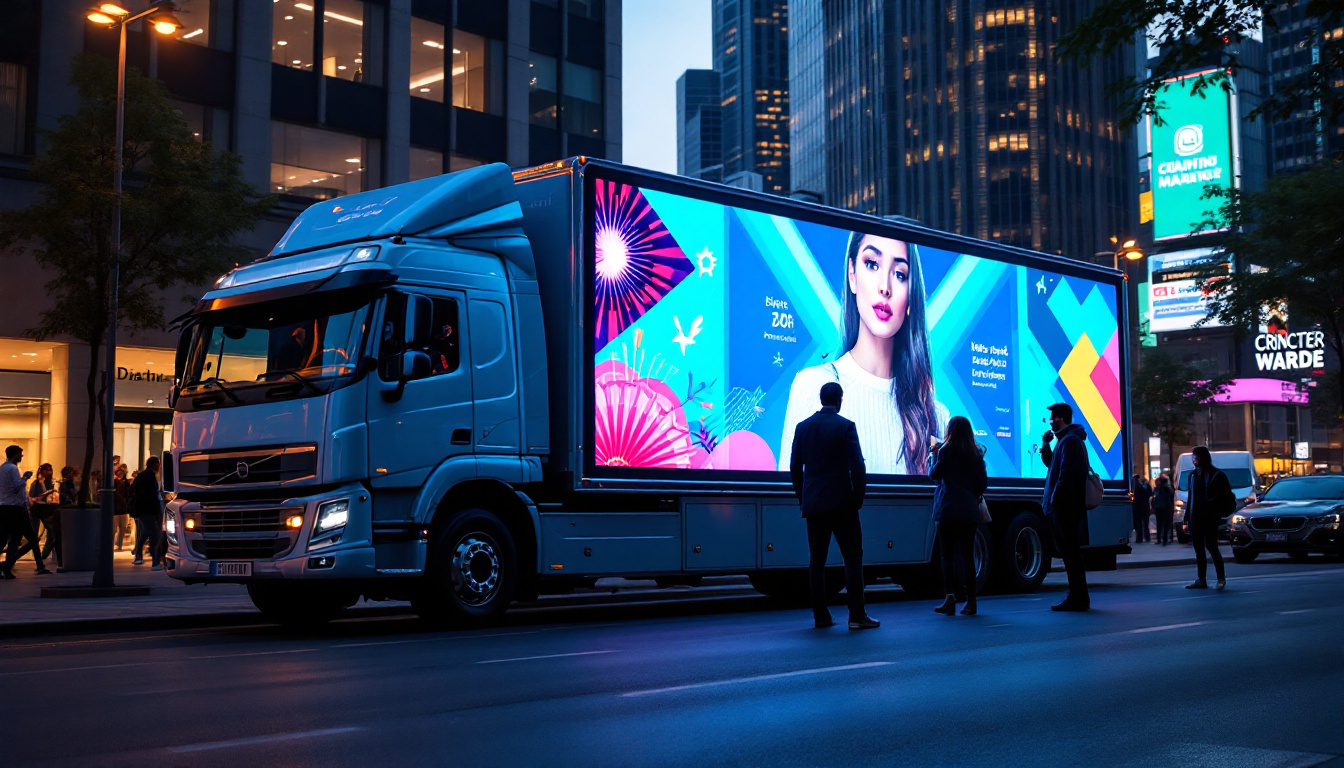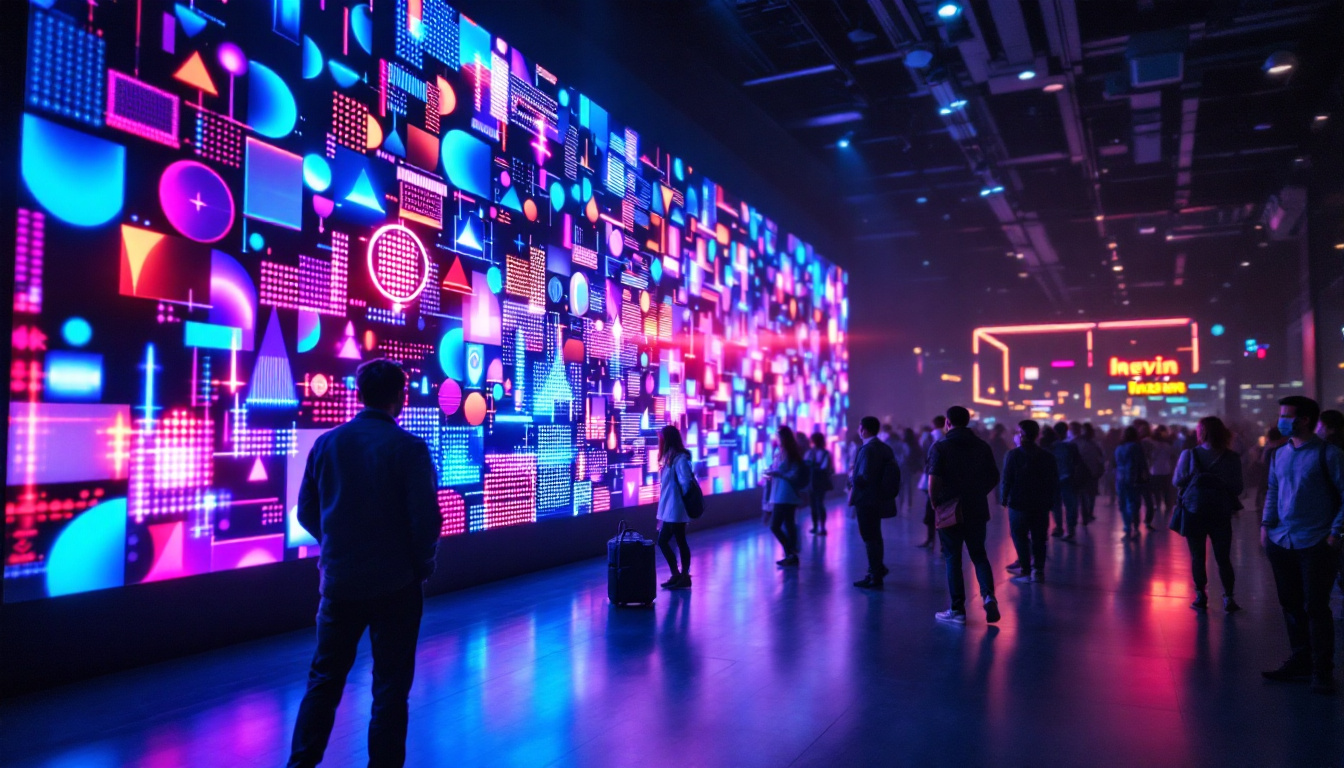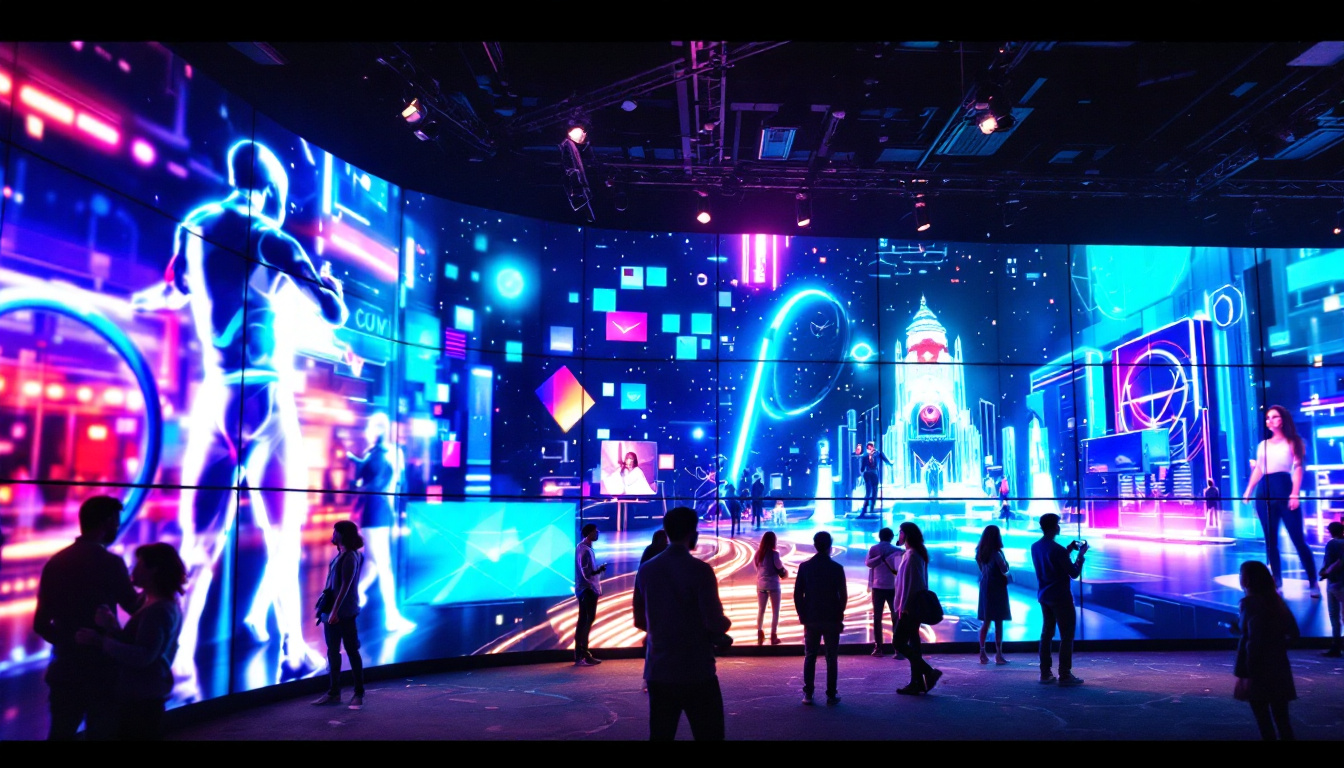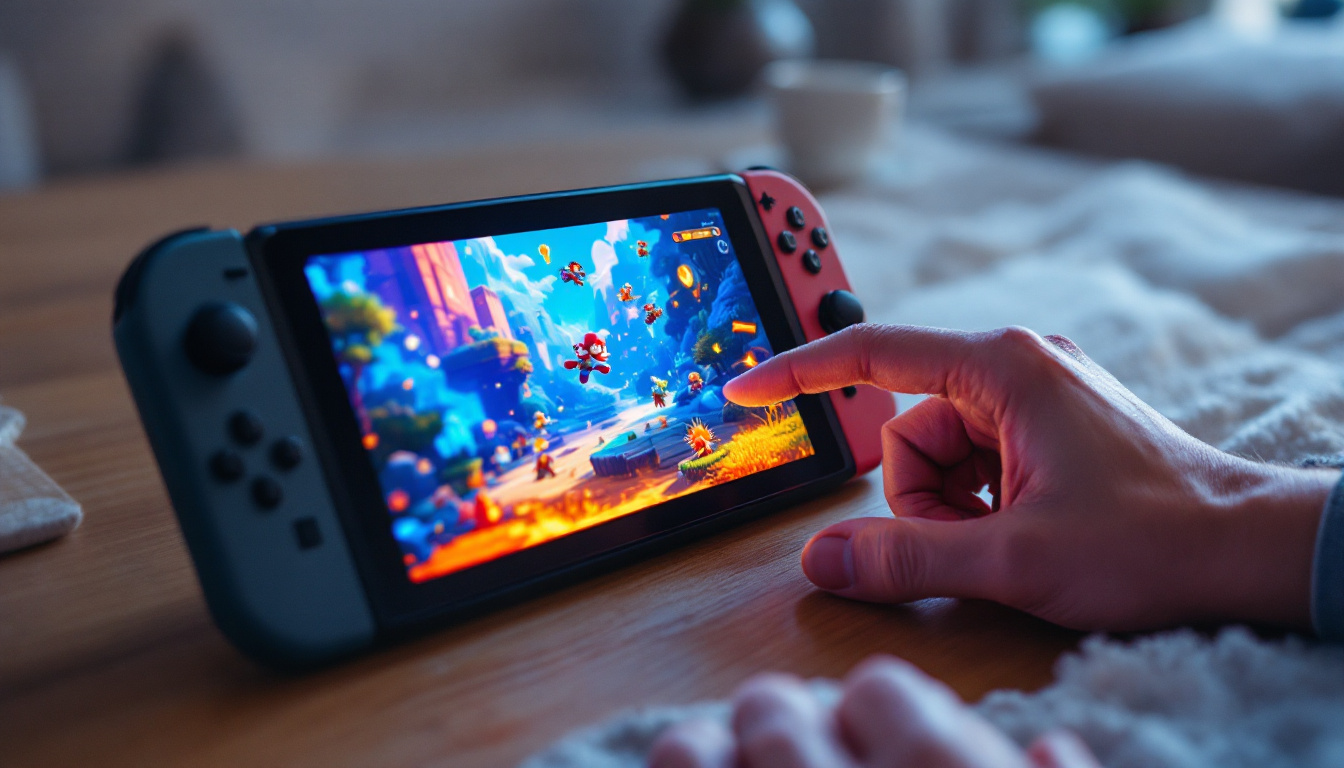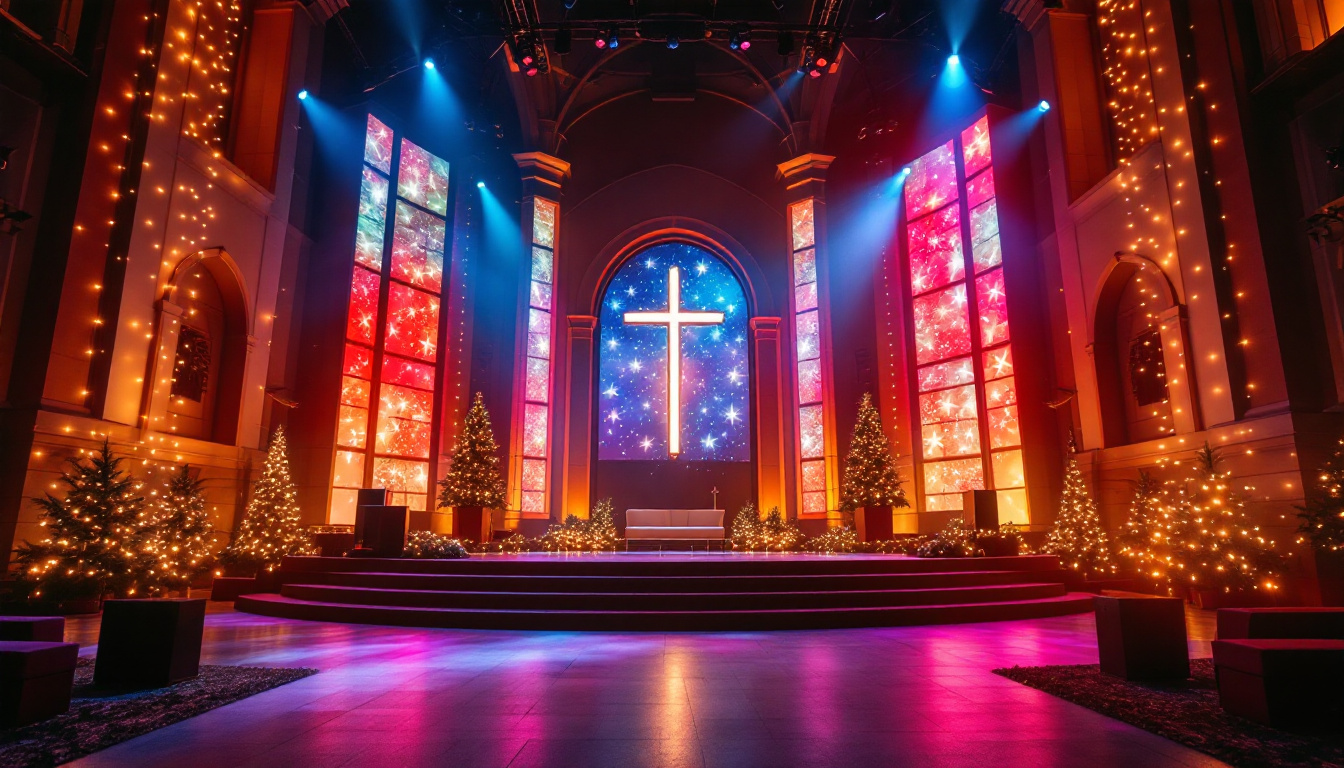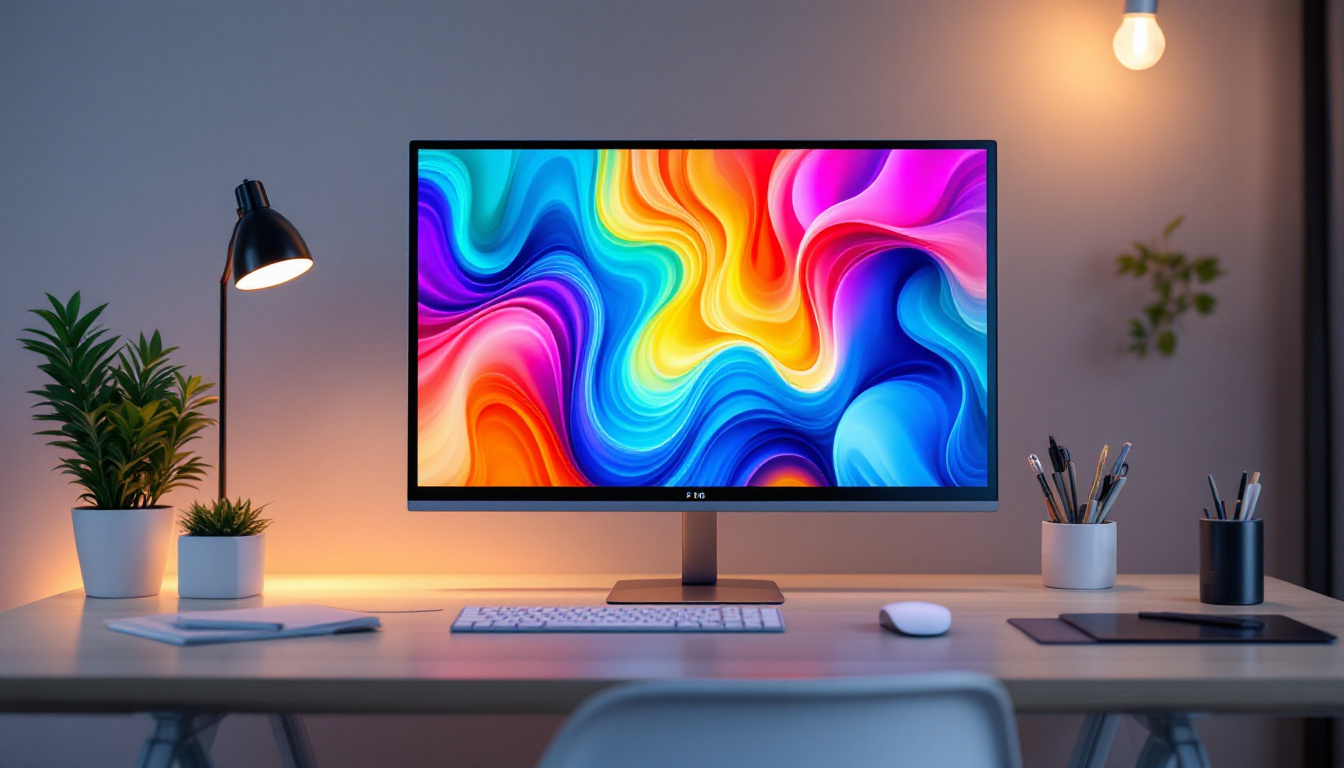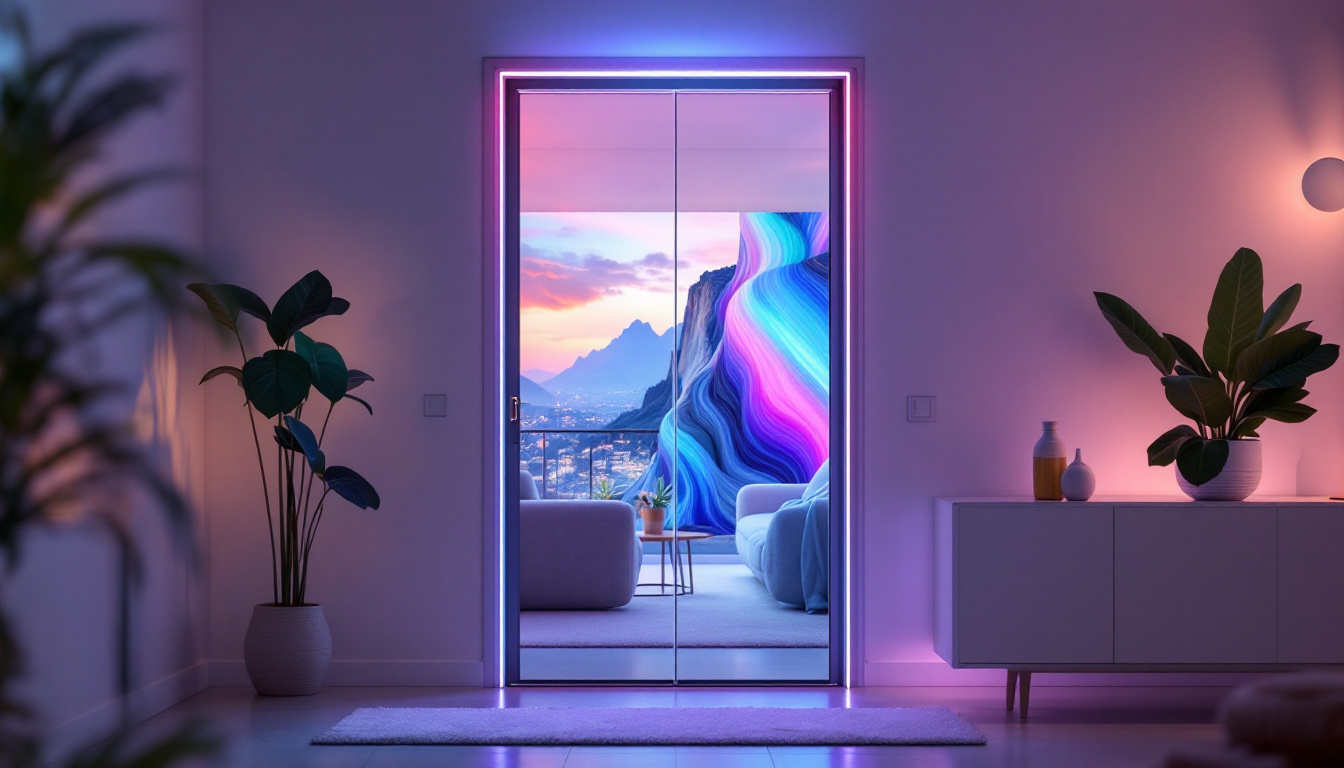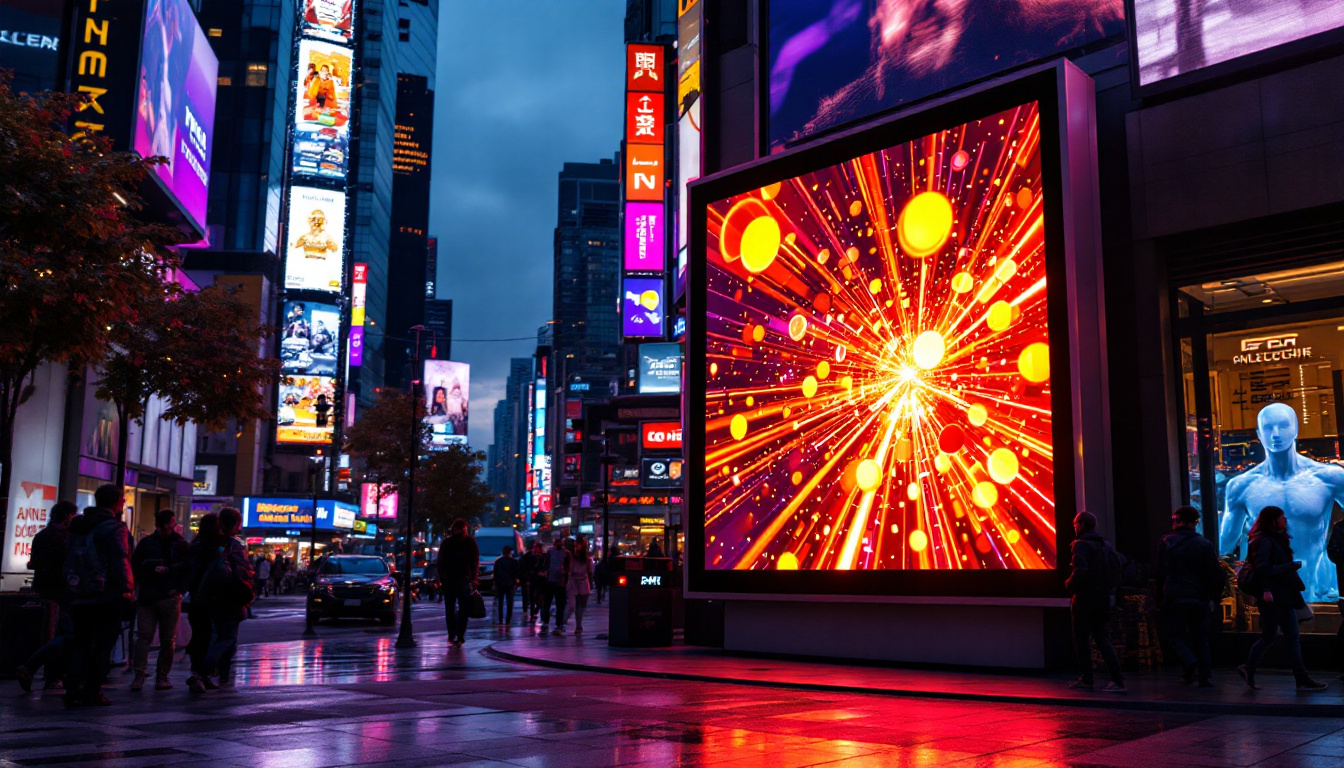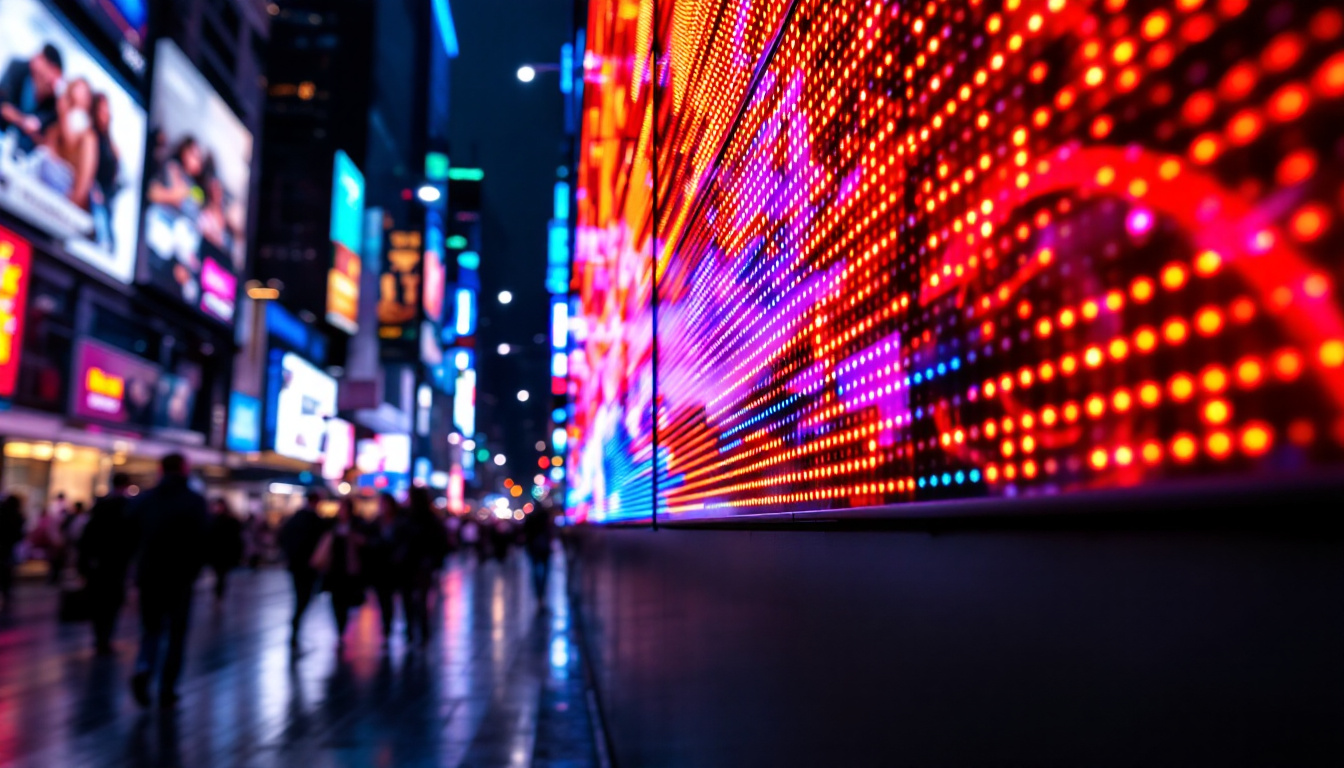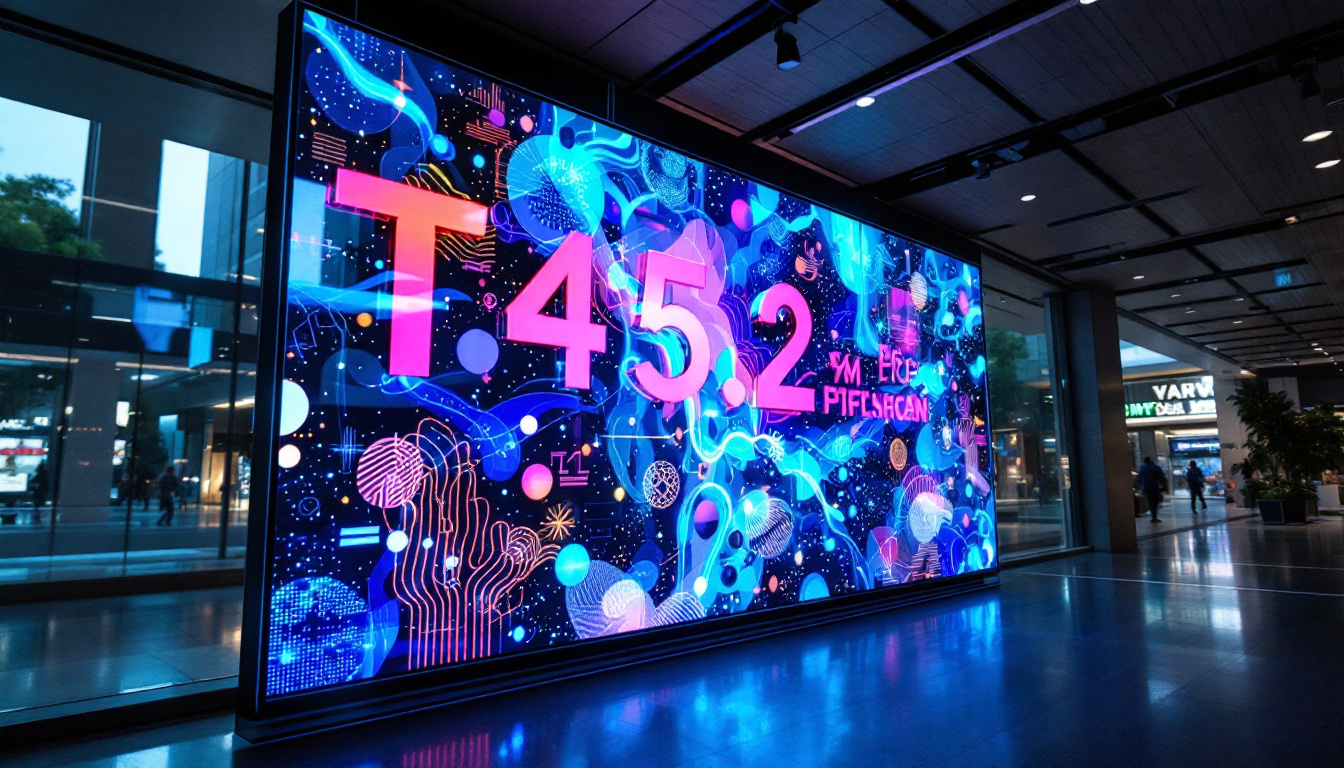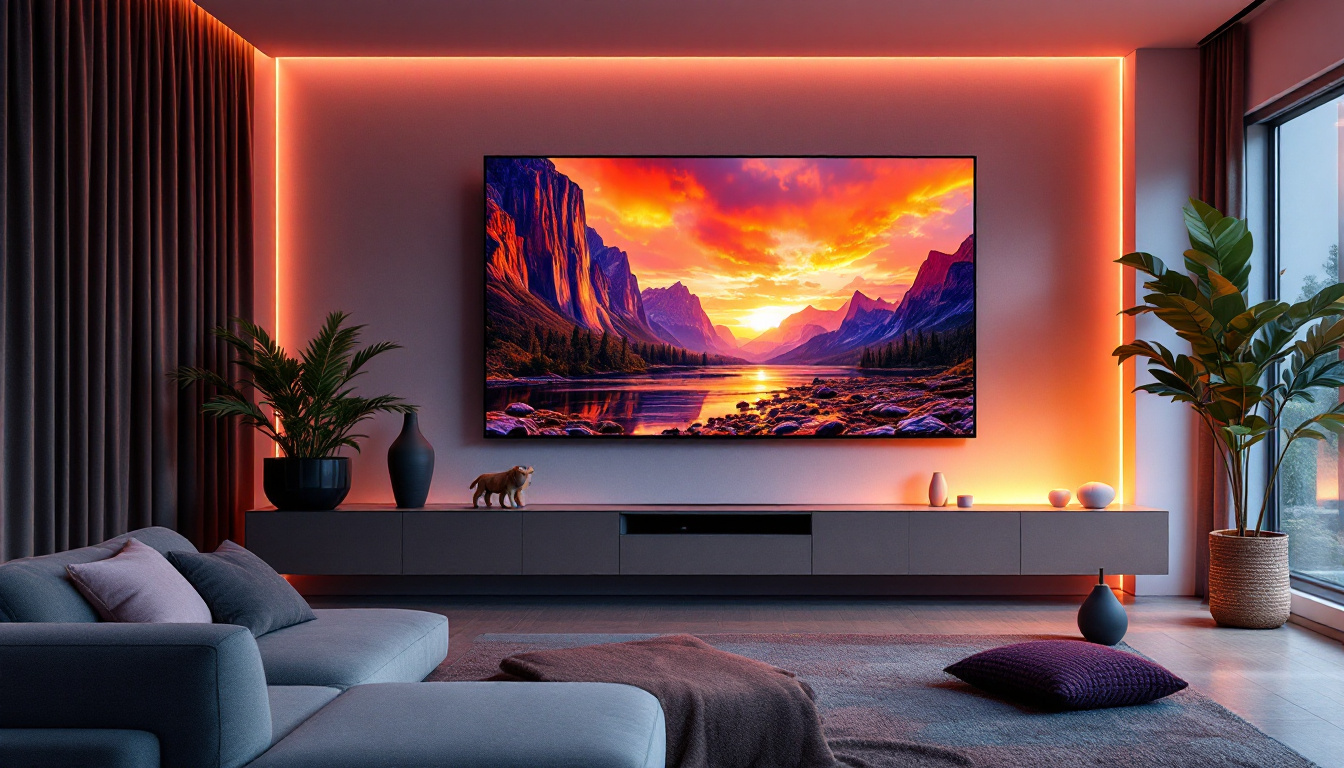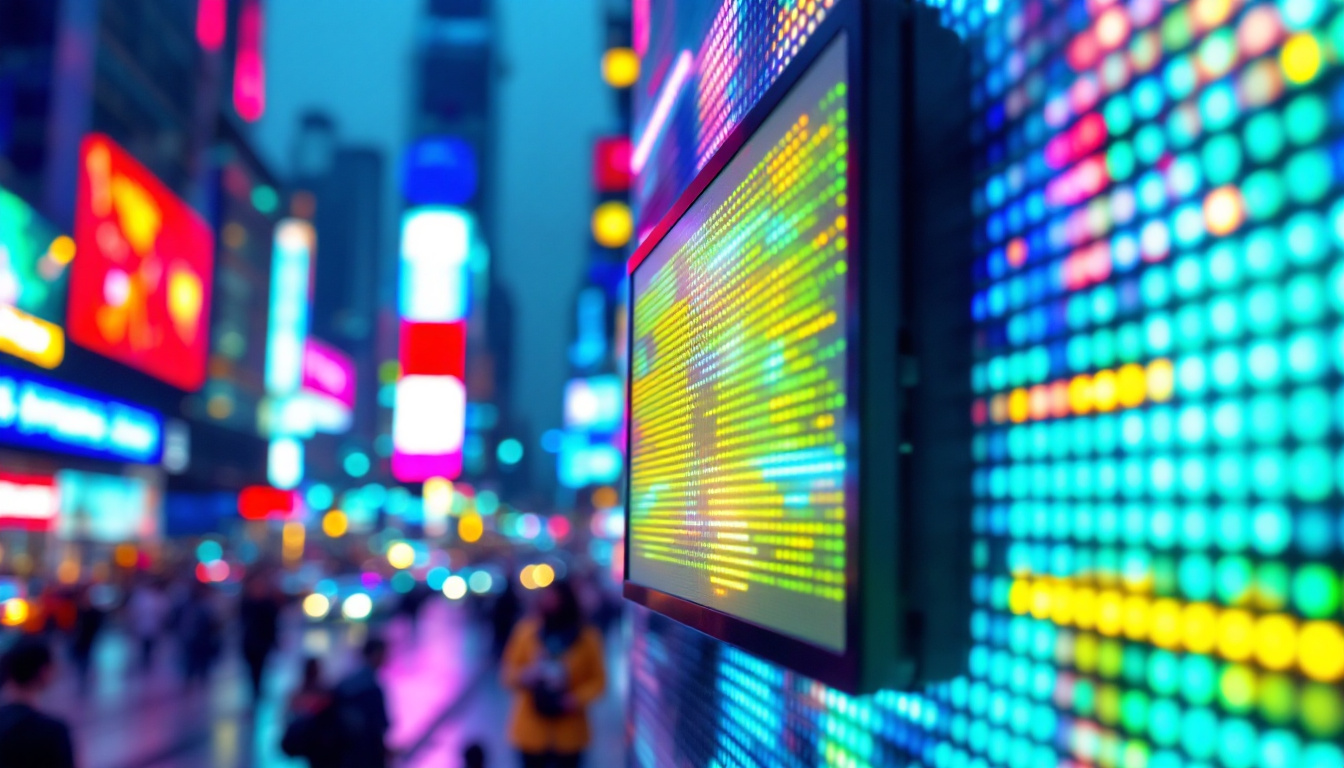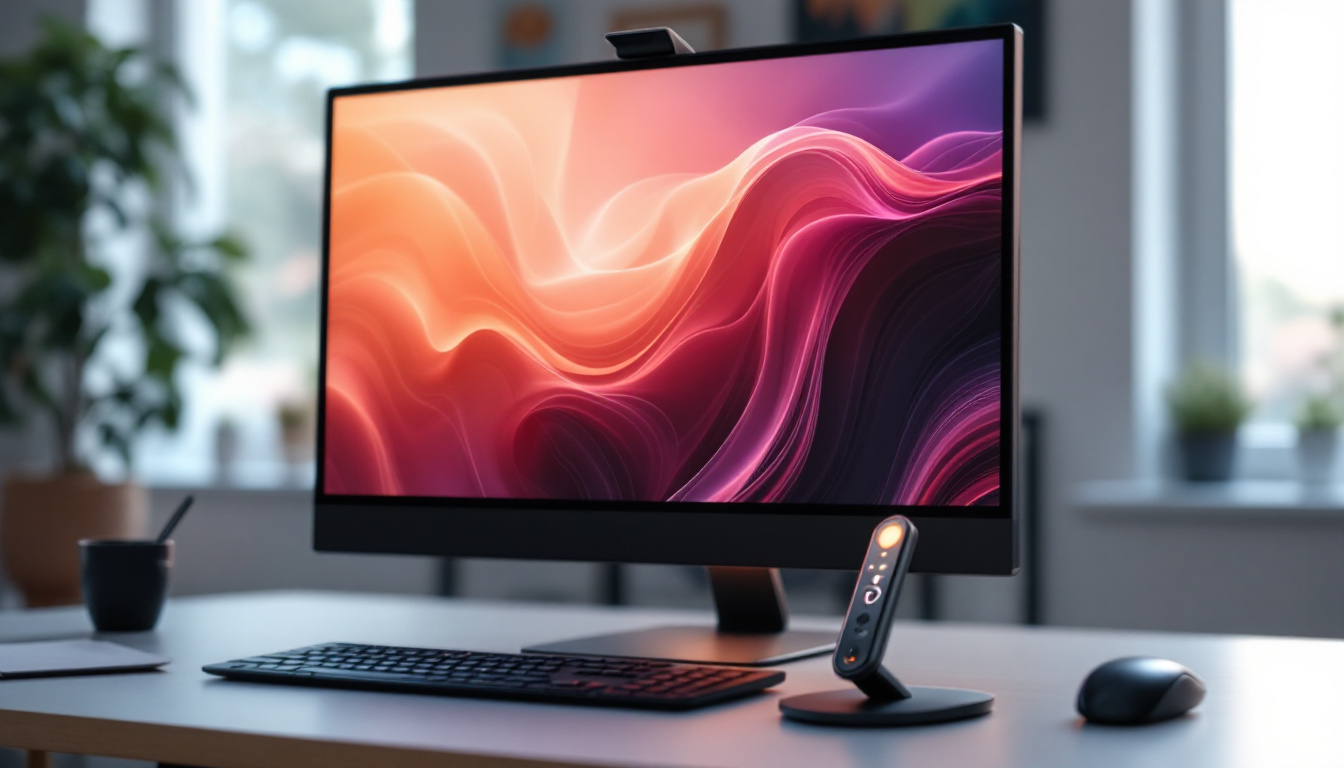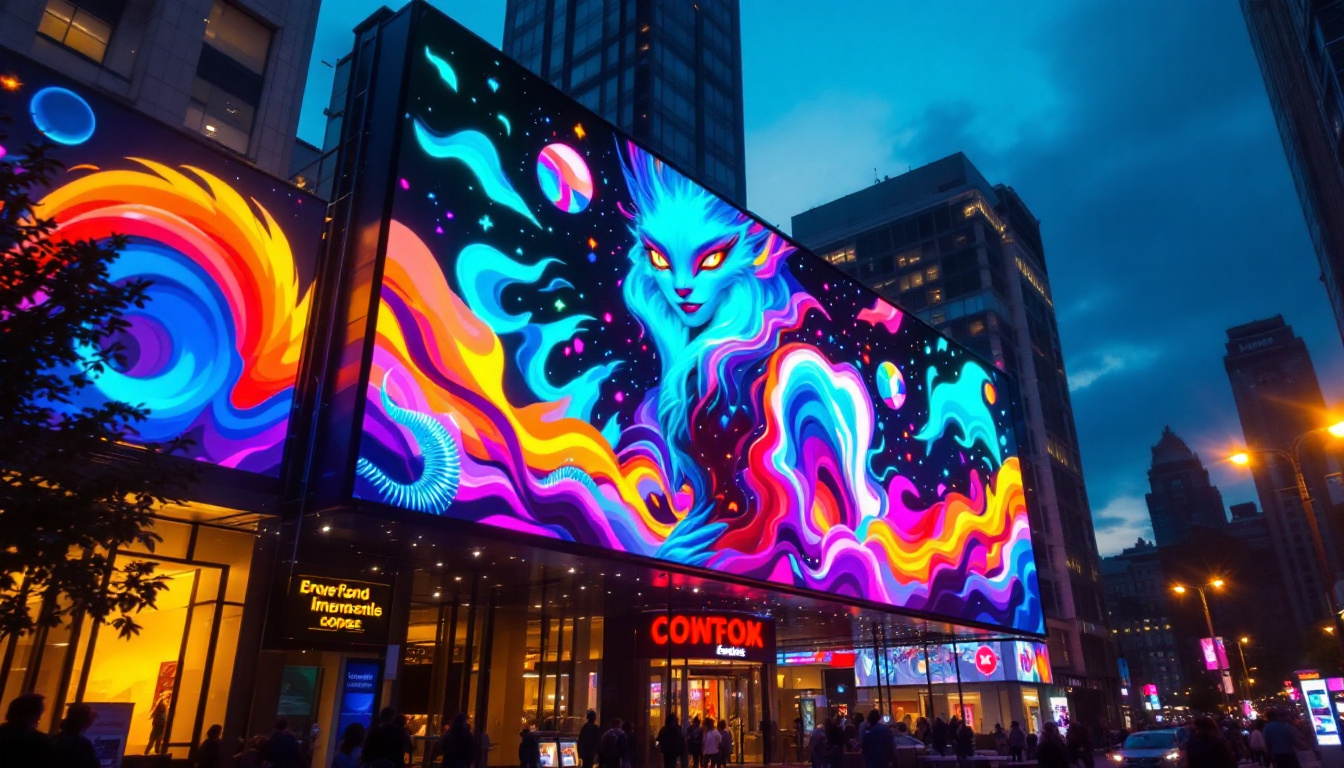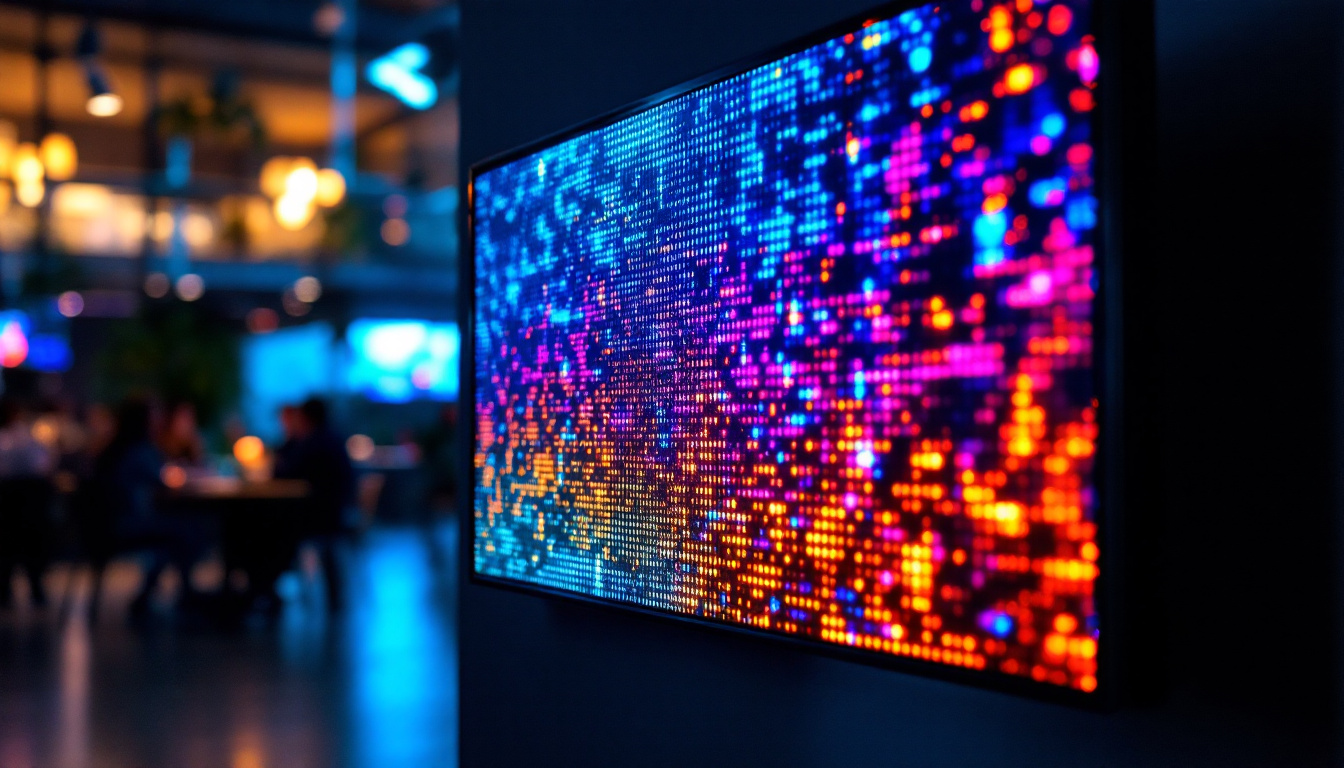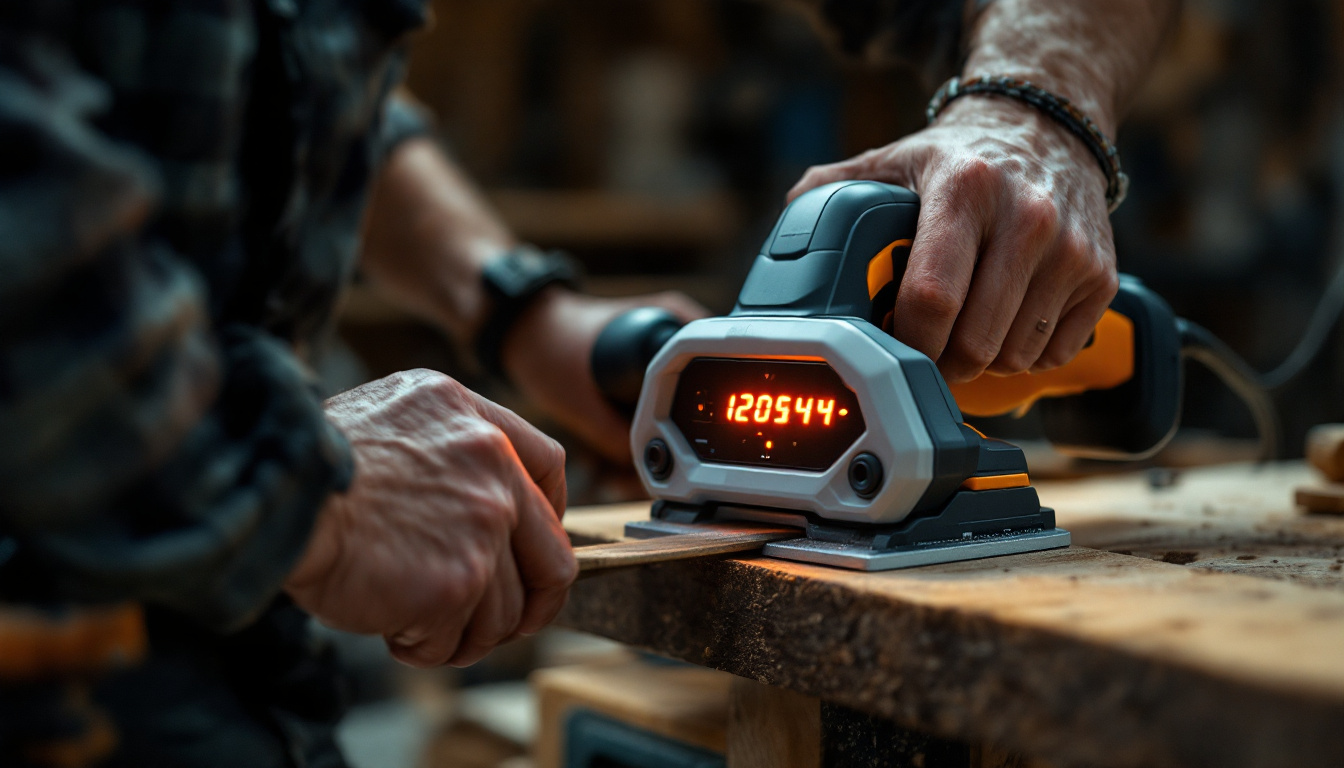In a world where measurements play a crucial role in various fields, understanding how to convert between units is essential. One common conversion is from feet to inches, particularly relevant in industries such as construction, design, and technology. This article will delve into the conversion of 1.6 feet to inches, while also exploring the significance of LED displays in showcasing measurements and data.
Understanding the Basics of Measurement Conversion
Measurement conversion is a fundamental skill that is often required in everyday life. Whether it’s calculating the dimensions of a room or determining the size of a display, knowing how to convert between different units is vital. This skill not only enhances accuracy in various tasks but also fosters a better understanding of the relationships between different units of measurement, which can be particularly beneficial in fields such as science, engineering, and cooking.
The Importance of Feet and Inches
Feet and inches are commonly used units of measurement in the United States and some other countries. A foot is defined as 12 inches, making it relatively straightforward to convert between the two. This system is particularly useful in construction and design, where precise measurements are essential. For instance, architects and builders rely heavily on these units to ensure that structures are built to exact specifications. Additionally, the use of feet and inches can be seen in sports, where athletes’ heights and distances are often recorded in these units, making it easier for fans and professionals alike to relate to the figures being presented.
How to Convert Feet to Inches
The conversion from feet to inches is simple. To convert feet to inches, one must multiply the number of feet by 12. For example, to convert 1.6 feet to inches, the calculation would be:
1.6 feet × 12 inches/foot = 19.2 inches
This straightforward calculation demonstrates how easy it is to switch between these two units of measurement. Understanding this conversion is particularly useful in various practical applications, such as when purchasing materials for a DIY project or when following a recipe that requires specific measurements. Furthermore, being adept at measurement conversions can save time and prevent costly mistakes, especially in scenarios where precision is key. For example, if a homeowner is planning to install new flooring, knowing the exact square footage in inches can help them order the correct amount of material without excess waste.
Exploring LED Displays
LED displays have become ubiquitous in modern technology, serving as a medium for presenting information in an engaging and visually appealing manner. Understanding how they work and their applications can enhance the appreciation of this technology. From the vibrant screens of smartphones to the massive billboards lining city streets, LED technology has revolutionized the way we interact with visual content.
What is an LED Display?
An LED display is a flat panel display that uses light-emitting diodes (LEDs) to produce images, text, and videos. These displays are known for their brightness, energy efficiency, and ability to produce vibrant colors. They are commonly used in various applications, from televisions and computer monitors to outdoor advertising and digital signage. The underlying technology involves a matrix of tiny LEDs that can be individually controlled to create a full spectrum of colors, allowing for dynamic and high-resolution images that can capture attention and convey messages effectively.
Advantages of LED Displays
LED displays offer numerous advantages over traditional display technologies. Some of the key benefits include:
- Energy Efficiency: LED displays consume significantly less power compared to LCD and plasma displays, making them an environmentally friendly option. This efficiency not only reduces electricity bills but also contributes to lower carbon footprints, aligning with global sustainability goals.
- Brightness and Visibility: The brightness of LED displays makes them easily viewable in various lighting conditions, including direct sunlight. This feature is particularly beneficial for outdoor advertising, where visibility can significantly impact engagement and effectiveness.
- Longevity: LED technology has a longer lifespan compared to other display types, reducing the need for frequent replacements. This durability translates into lower maintenance costs and less electronic waste, further enhancing their appeal in both commercial and residential settings.
Moreover, the versatility of LED displays allows them to be used in a wide range of formats and sizes. From small screens embedded in wearable technology to gigantic video walls in sports arenas, the adaptability of LED technology makes it suitable for various environments and purposes. Additionally, advancements in LED technology have led to the development of flexible displays, enabling innovative designs that can be integrated into unconventional surfaces, such as curved walls or even clothing. This opens up exciting possibilities for creative expression and interactive experiences, pushing the boundaries of how we utilize visual media in our daily lives.
Applications of LED Displays
LED displays are versatile and can be found in a wide range of applications. Their adaptability makes them suitable for various industries and purposes.
Advertising and Marketing
One of the most prominent uses of LED displays is in advertising. Businesses utilize large LED screens to showcase their products and services, attracting the attention of potential customers. The dynamic nature of LED displays allows for vibrant animations and videos, making advertisements more engaging. Additionally, LED displays can be programmed to change content based on the time of day or current promotions, ensuring that the messaging remains relevant and timely. This flexibility not only maximizes the impact of advertising campaigns but also allows brands to connect with their audience in innovative ways, such as utilizing interactive features that encourage customer participation.
Transportation and Wayfinding
LED displays are also widely used in transportation systems. Train stations, airports, and bus terminals employ LED screens to provide real-time information about arrivals, departures, and delays. This enhances the travel experience by keeping passengers informed and reducing confusion. Furthermore, LED displays can be integrated with mobile applications, allowing travelers to receive updates directly on their devices. This synergy between digital signage and mobile technology streamlines the travel process, making it more efficient and user-friendly. In addition to real-time updates, LED displays can also feature maps and directional information, guiding passengers through complex transit hubs with ease.
Event and Entertainment Venues
In the entertainment industry, LED displays play a crucial role in concerts, sports events, and theatrical performances. They are used to display live feeds, graphics, and visual effects, enhancing the overall experience for the audience. The ability to create immersive environments through LED technology has transformed the way events are produced. Beyond just visuals, LED displays can also be synchronized with audio elements, creating a multi-sensory experience that captivates audiences. For instance, during a live concert, the visuals can change in real-time to match the rhythm and mood of the music, making each performance unique. Additionally, LED technology has enabled the rise of virtual and augmented reality experiences at events, allowing attendees to engage with the performance in ways that were previously unimaginable.
Combining Measurements with LED Technology
As technology continues to evolve, the integration of precise measurements with LED displays has become increasingly important. This section will explore how measurements, such as converting 1.6 feet to inches, can be effectively displayed using LED technology.
Digital Measurement Displays
Digital measurement displays are often used in various fields, including engineering and architecture. These displays can show measurements in real-time, allowing for quick adjustments and accurate readings. For instance, an LED display can be programmed to convert and showcase measurements, such as 1.6 feet, in inches automatically.
Interactive Measurement Tools
With the advancement of technology, interactive measurement tools have emerged. These tools often feature LED displays that allow users to input measurements and receive instant conversions. This is particularly useful in educational settings, where students can learn about measurement conversions interactively.
Future Trends in LED Technology and Measurement
As technology continues to advance, the future of LED displays and measurement tools looks promising. Innovations in this field are likely to enhance user experience and expand the applications of LED technology.
Smart Displays
Smart LED displays are expected to become more prevalent in the future. These displays can connect to the internet, allowing for real-time updates and data retrieval. For example, a smart display could automatically convert measurements based on user preferences, providing a seamless experience.
Augmented Reality Integration
Augmented reality (AR) is another area where LED technology is expected to thrive. By integrating AR with LED displays, users could visualize measurements in a more interactive way. For instance, a user could point a device at a physical object, and the display could overlay the dimensions, including conversions like 1.6 feet to inches, directly onto the object.
Conclusion
Understanding the conversion of measurements, such as 1.6 feet to inches, is essential in various fields. Coupled with the advancements in LED display technology, the ability to showcase these measurements in an engaging and interactive manner is revolutionizing how information is presented. As technology continues to evolve, the integration of precise measurements with LED displays will undoubtedly enhance user experiences across multiple industries.
In summary, the journey from feet to inches is not just a mathematical conversion; it represents a broader narrative of how technology and measurement intersect in our daily lives. Whether through advertising, transportation, or entertainment, LED displays are at the forefront of this transformation, making information accessible and engaging for everyone.
Illuminate Your Space with LumenMatrix
As you’ve seen, the precision of converting 1.6 feet to inches is just the beginning. Imagine bringing that same level of accuracy and vibrancy to your visual displays. LumenMatrix is at the forefront of LED display technology, offering a wide range of innovative solutions that transform any environment. From Indoor and Outdoor LED Wall Displays to dynamic Vehicle and Sports LED Displays, our products are designed to captivate and engage. Experience the future of visual communication with our Floor, Custom, All-in-One, and Transparent LED Displays. Ready to elevate your brand’s visibility and create unforgettable experiences? Check out LumenMatrix LED Display Solutions and see the difference for yourself.

